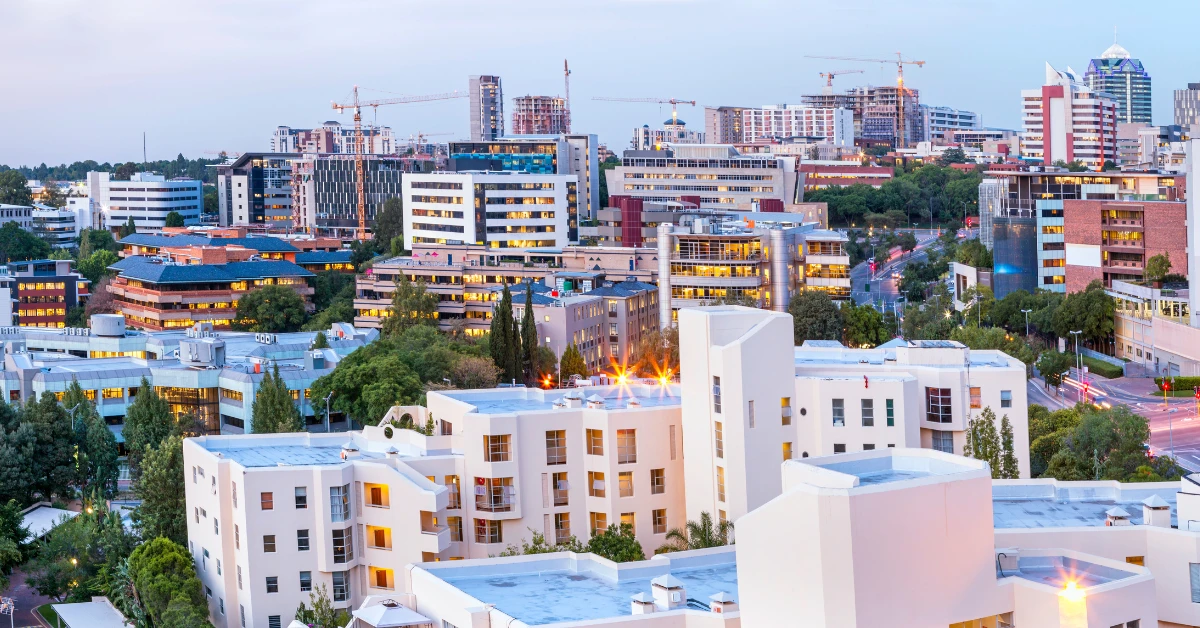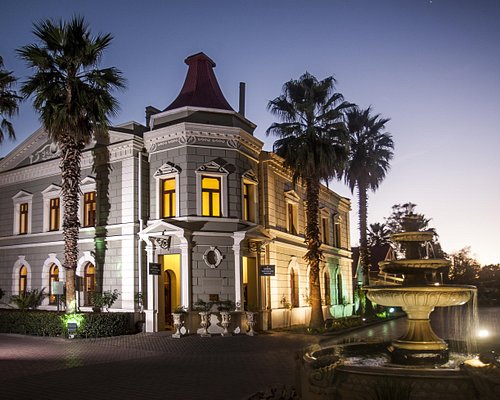Getting My Johannesburg North Attractions To Work
Getting My Johannesburg North Attractions To Work
Blog Article
Johannesburg North Attractions - An Overview
Table of ContentsThe 6-Second Trick For Johannesburg North AttractionsJohannesburg North Attractions for BeginnersThe Single Strategy To Use For Johannesburg North AttractionsJohannesburg North Attractions - The FactsNot known Factual Statements About Johannesburg North Attractions The Best Strategy To Use For Johannesburg North AttractionsHow Johannesburg North Attractions can Save You Time, Stress, and Money.
Nonetheless you should maintain safety in mind and tourists need to remain sharp at all times when in unfamiliar environments. Talk with the residents when you remain in town to learn about the location you are remaining in. Johannesburg North attractions. When on the street (this does not put on mall and various other secure settings) ideal basic advice is to attempt your best to appear like a regional and to prevent presenting any kind of form of riches
How Johannesburg North Attractions can Save You Time, Stress, and Money.
Professor Revil Mason O. J. (Thomson, 1946) discovered the Witwatersrand's pre-colonial background. His archaeological job took off the 'em pty land' misconception, according to which the area was without human habitation before the arrival of European settlers. In his publications Prehistory of the Transvaal: A Record of Human Activity (1962) and Origins of Black People of Johannesburg and the Southern Western Central Transvaal AD 3501880 (1986 ), Teacher Mason showed the level of social and financial growth in the location prior to Europeans set foot below.

Johannesburg North Attractions for Dummies
In 1878, David Wardrop located gold in quartz veins at Zwartkop, north of Krugersdorp. In 1881, Stephanus Minnaar came across gold on the farm Kromdraai, near the Cradle of Humankind.
In March 1886, an outcropping (quickly to be called the Key Reef) was located, quite fortuitously, on Gerhardus Oosthuizen's farm Langlaagte. Some say that the Lancastrian coal miner George Walker discovered this reef. One more travelling English miner, George Harrison (that had previously functioned in Australian mines) gotten a prospecting permit in regard of Langlaagte in Might 1886.
He decided to proceed in a pursuit for greener fields, and disposed of his Langlaagte insurance claim for the baronial amount of 10. Alas: under lay the richest goldfield ever found. The discovery of this rich auriferous reef provoked a gold thrill that signified the end of agrarian serenity in the southern Transvaal.
It would, within 6 years, end up being the largest community in southerly Africa. Within a years, it would certainly make the Z. A. R. up until then an anarchical and bankrupt little state the wealthiest nation in Africa. By the turn of the century, the Z. A. R. was to go beyond Russia, Australia and the USA of America to end up being the world's leading gold producer, creating more than a quarter of the globe's gold.
The 8-Minute Rule for Johannesburg North Attractions
It was called Ferreira's Camp, named after Colonel Ignatius Ferreira. He was a Boer traveler upon whom the British authorities had bestowed find out the standing of Friend of the A Lot Of Identified Order of St Michael and St George (entitling him to the post-nominal letters C. M. G.) in gratefulness for his function in the battle that had actually deposed the Pedi king Sekhukhune in 1879.
Quickly the camp was brimming with camping tents and wagons as beginners got here daily from everywhere. By September 1886, some 400 company website people lived in Ferreira's Camp, which soon boasted built iron and timber structures. 2 other camps were developed: Meyer's Camp on the farm Doornfontein, and Paarl Camp. The latter was nicknamed Afrikander Camp; lots of people from the Cape Nest worked out there.

Facts About Johannesburg North Attractions Uncovered
This name gained currency by word of mouth, such that the State Secretary attested the name to the Mining Commissioner on 9 October 1886. Stands in the village were auctioned on 8 December 1886. While some stands were cost 10, others were knocked down for as low as sixpence.
2 years later, these erven were to change hands for as high as 750 each. The tented camps diminished as a dorp of corrugated iron buildings developed and increased north of the mines located along the Main Reef Road. Locations such as Jeppe's Community (where working-class immigrants erected their homes) and Doornfontein (where the wealthy new 'Randlords' began to build their opulent houses) were quickly included in the ever-expanding map of the community.
The 7-Second Trick For Johannesburg North Attractions
Besides the street names, there were no indicators of Johannesburg being positioned in a Dutch-speaking country. Several years later on, C. W. Kearns O. J. (one of the very first children enrolled at St John's University in 1898) would recall: 'A weird truth concerning Johannesburg was that, although it remained in the [Boer Republic], almost everyone talked English and even the Government slaves attended to one in English, unless they were initial dealt with in the use this link Taal (or Low Dutch)'.
Therefore, Britain had a rate of interest in making certain optimum problems for gold manufacturing on the Witwatersrand, and that the gold was exported to London as opposed to Berlin a crucial provided even more clamant by the Z. A. R - Johannesburg North attractions.'s raising toenadering with Germany. Mine owners were on a clash with Head of state Kruger, whose plan of monopolistic giving ins (commonly granted to his cronies) protected against mining firms from procuring supplies of products (especially dynamite) and labour on their very own, less costly terms
Johannesburg North Attractions Fundamentals Explained
In 1890, the Volksraad had actually limited the franchise business to white men that had actually stayed in the Z. A. R. for fourteen years or longer, therefore invalidating the majority of the immigrants (who occurred to be the significant factors to the fiscus). Anxiety for the ballot was a simple pretext for promoting a different program; most uitlanders regarded themselves as short-term site visitors and had no objective of remaining in the Z.
Report this page